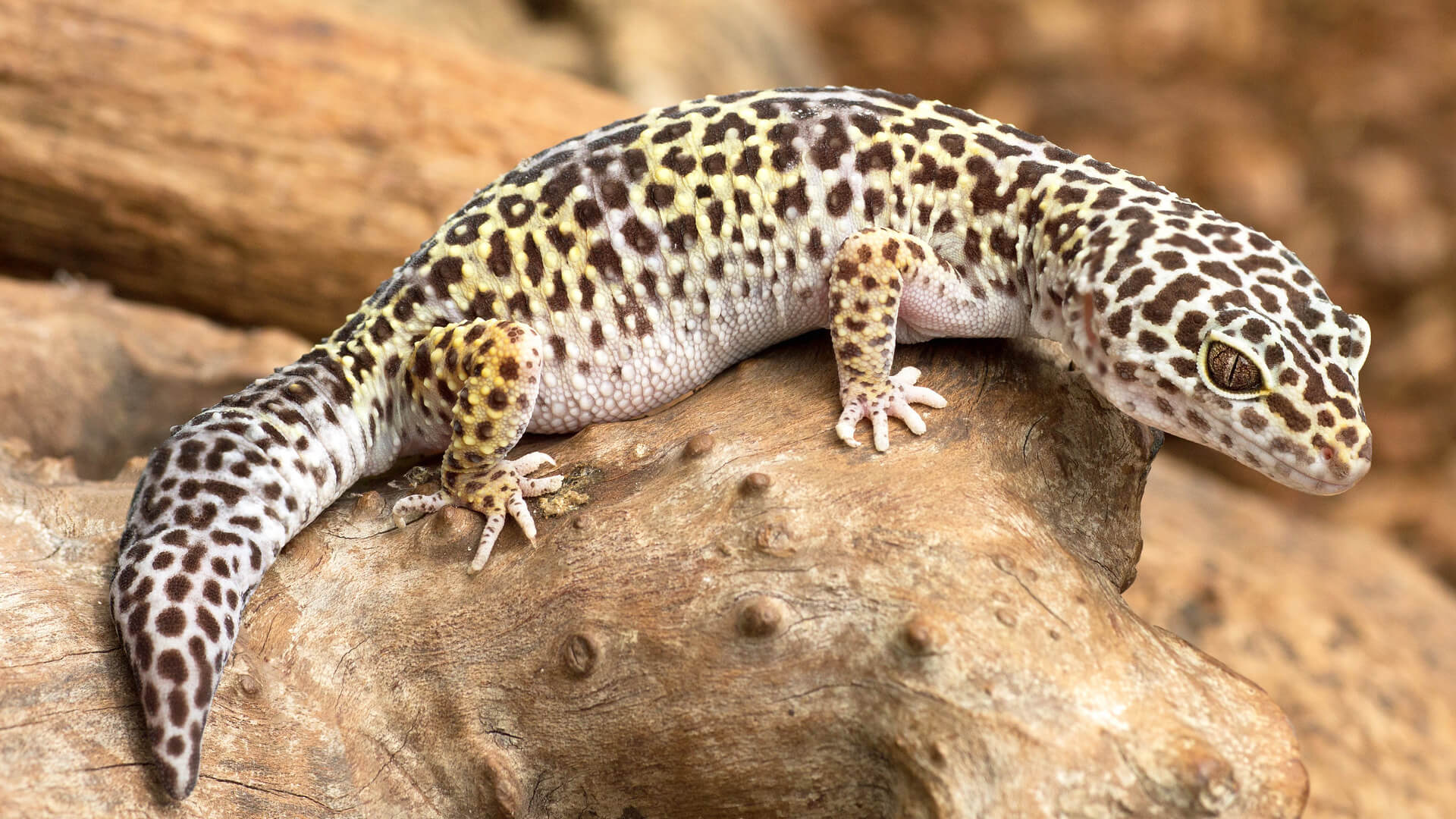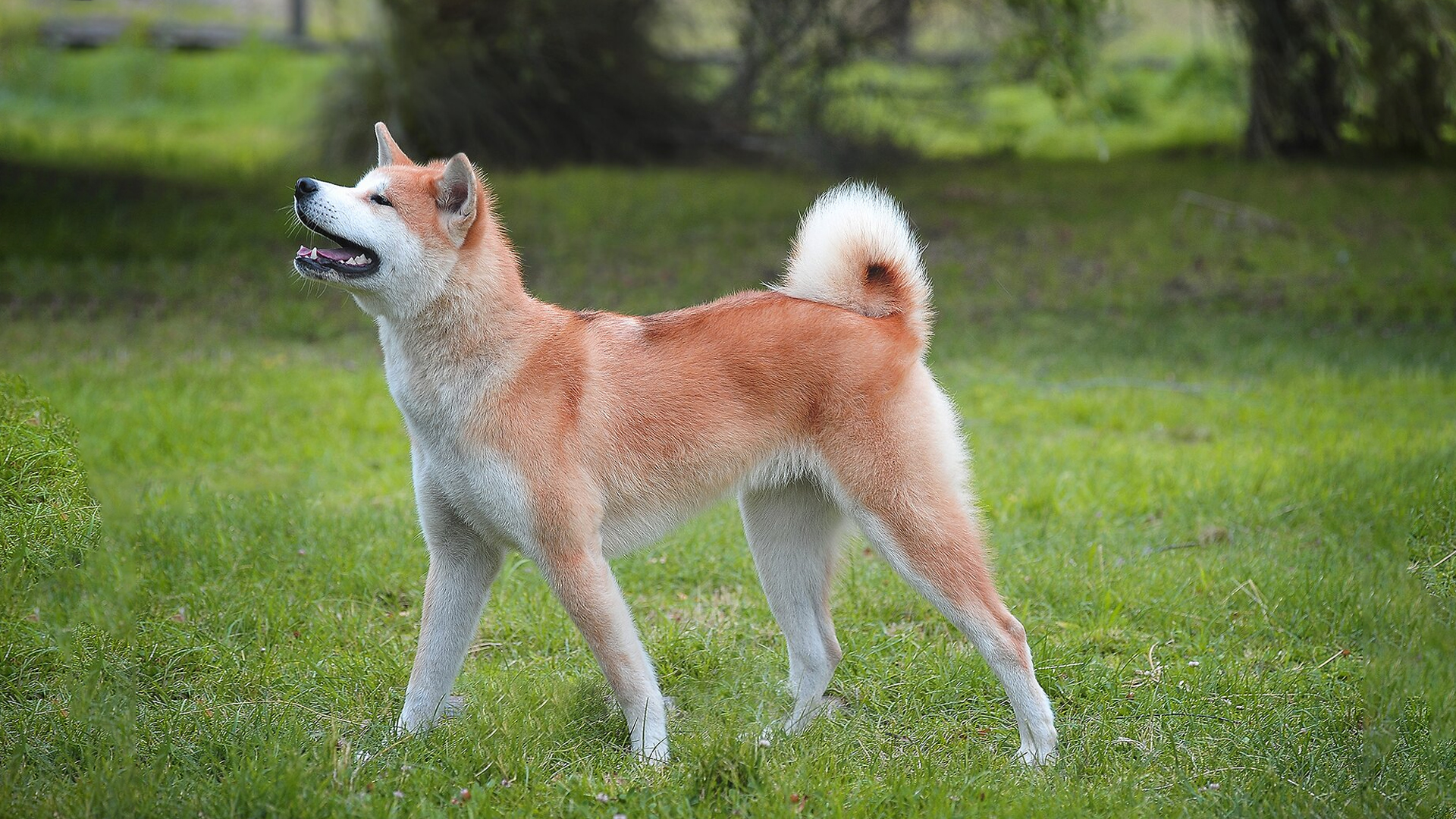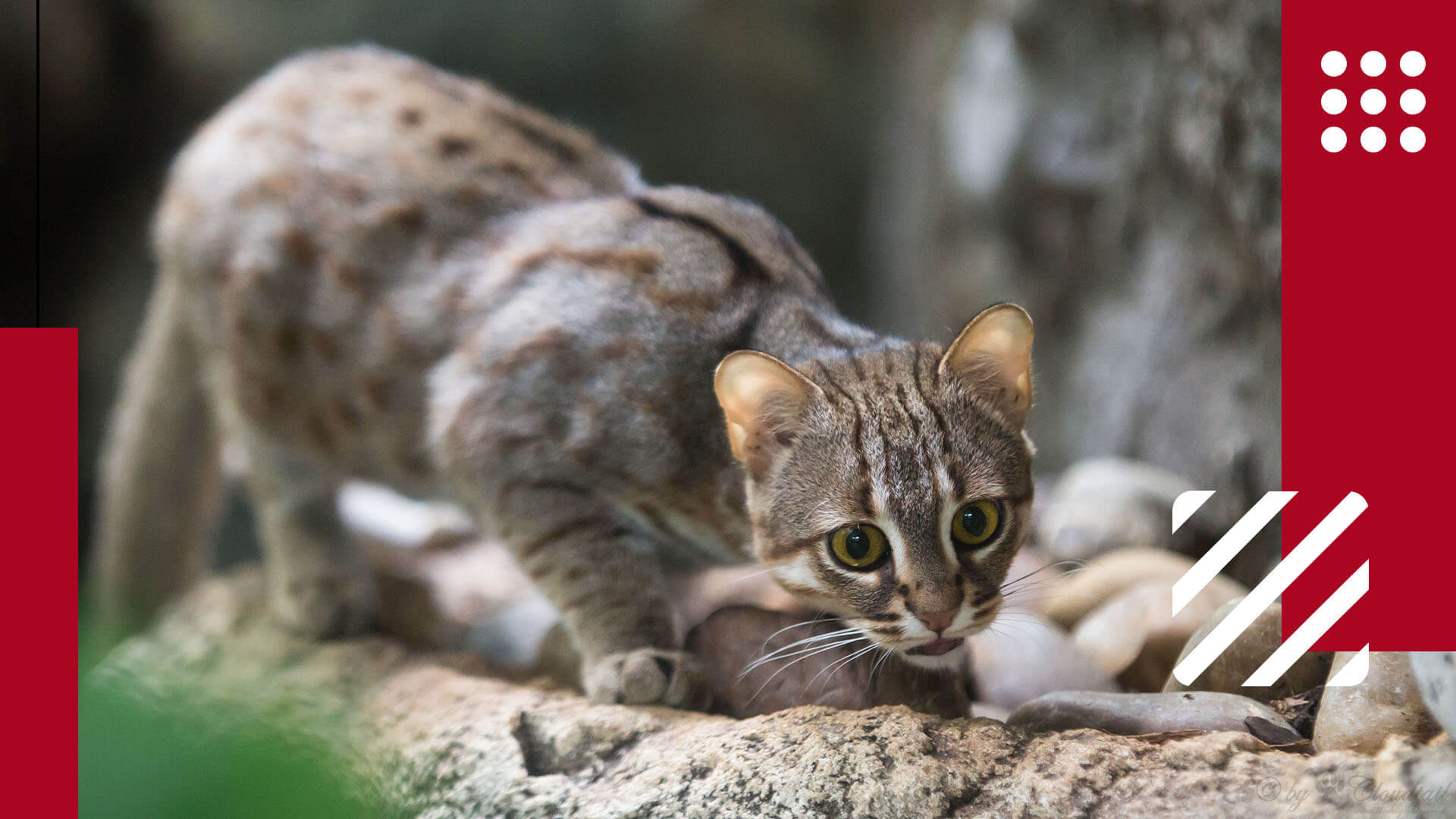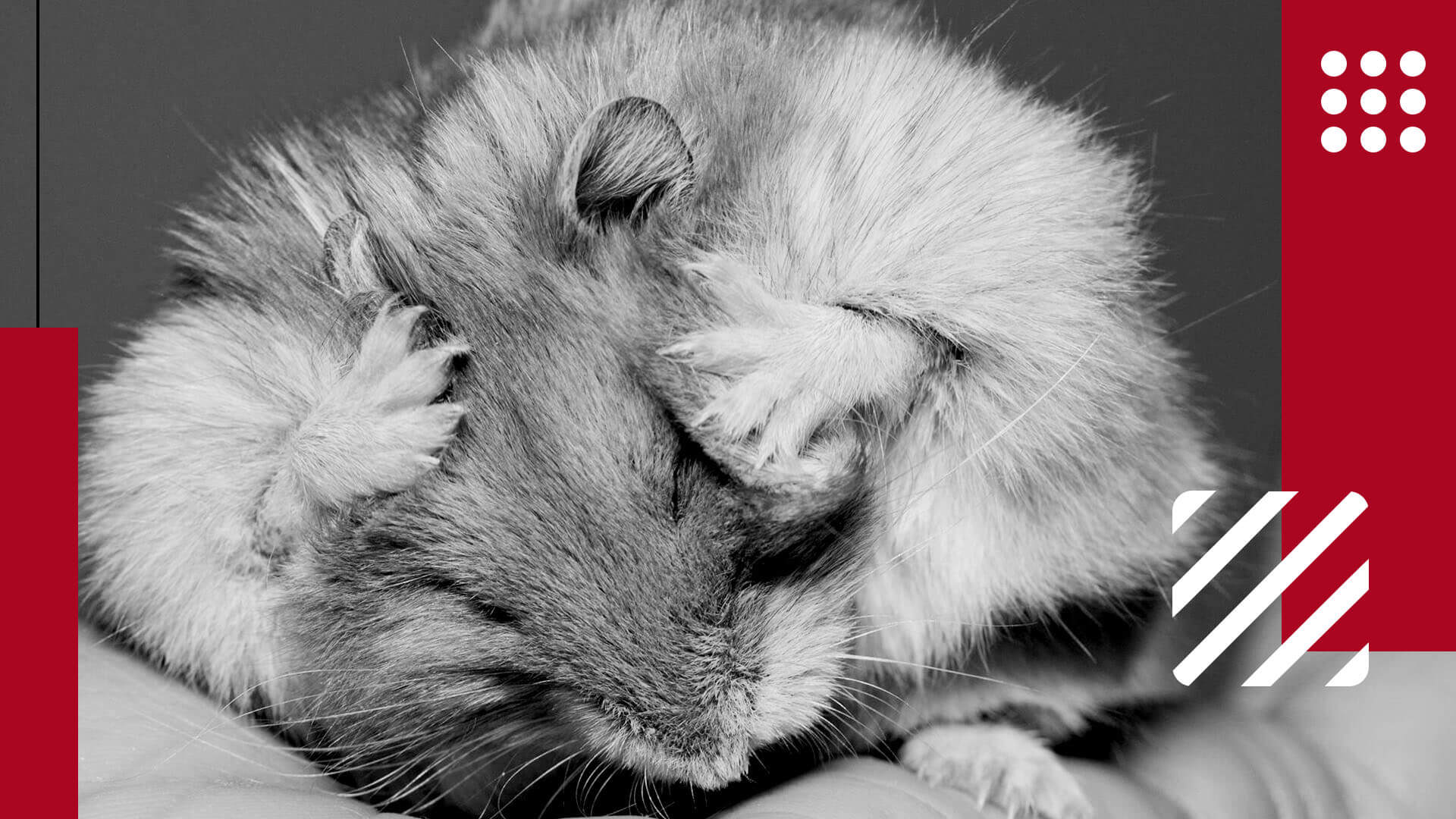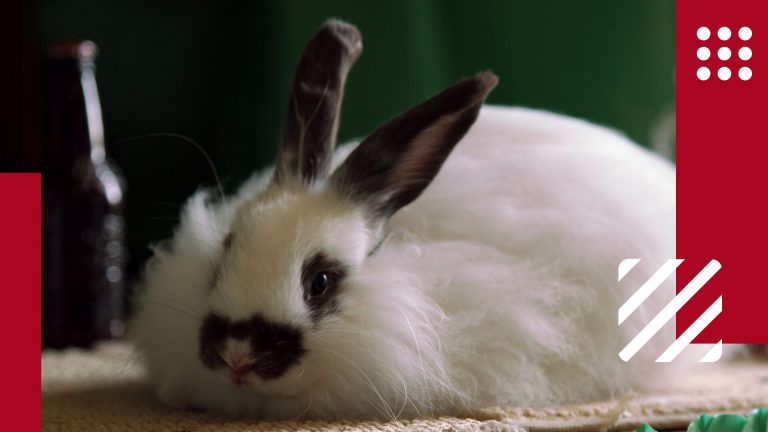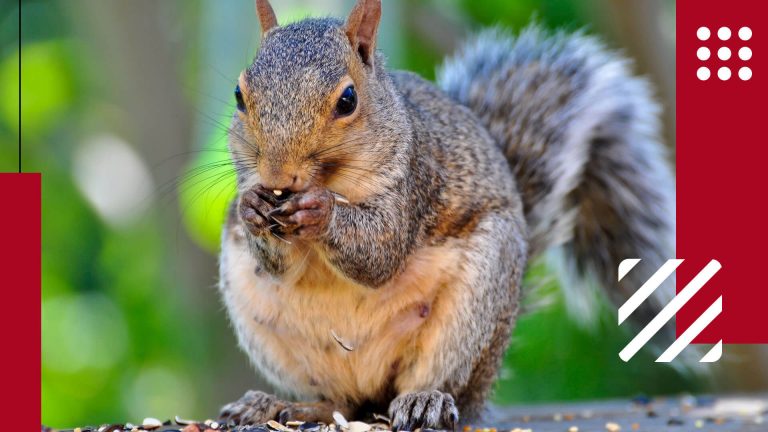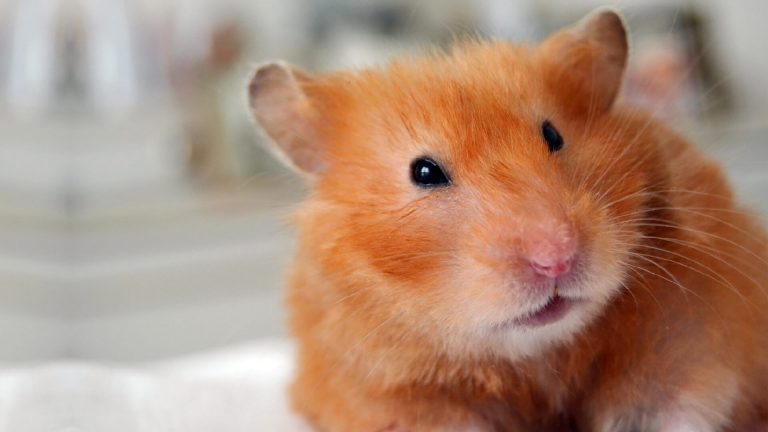Chinchillas are adorable and fluffy creatures that have become increasingly popular as pets in recent years. Originally from the Andes Mountains in South America, these small rodents have adapted well to life in captivity and make wonderful companions for animal lovers of all ages. With their soft fur, playful personalities, and unique vocalizations, it's no wonder that chinchillas are often compared to living teddy bears. However, owning a chinchilla is not without its challenges. In this article, we will explore everything you need to know about these fascinating creatures, including their diet, personality, appearance, health risks, and habitat requirements, to help you determine if a chinchilla is the right pet for you.
Distinctive Features of Chinchilla
| Scientific name | Chinchilla lanigera |
| Lifespan | 10-20 years |
| Color | Gray, beige, or white |
| Size (inches) | 10-15 inches |
| Height | 5-6 inches |
| Weight | 1-1.5 lbs |
| Health risk | Low |
| Unique trait | Thick, soft fur |
| Famous for | Fur production |
| Temperament | Generally docile and friendly |
| Maintenance | Moderate |
| Adaptability | Low; require specific habitat requirements and diet |
| Behavior | Generally good, but may bite if mishandled or scared |
| Personality | Active and social |
| Social | Prefer to live in pairs or groups |
The most common color of a chinchilla is silvery grey other colors being beige, white, sapphire, or ebony. Adult female chinchilla weighs a pound and a half. Females are bigger than males. The body is 10-15 inch long and the tail addition of 5-6 inches. Height is around 5-6 inches. The life span varies between 10-20 years. The pregnancy lasts 111 days. Chinchilla survives well at 78-degree Fahrenheit and 40% humidity.
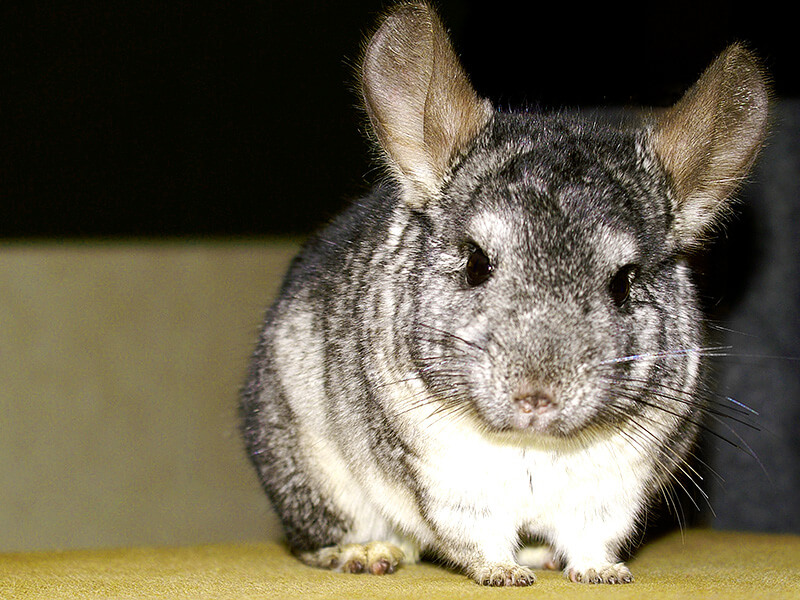
Are Chinchillas Good Pet to Have?
Chinchilla is a swift bouncy happy independent little creature. The personality of a chinchilla is appealing because of its soft lush fur, curiosity activities, and mischievous nature. Chinchilla does not emit objectionable noises. Their attention span is very short. This creature is intolerant to hot weather and high humidity.
Do not buy a 3-month-old baby chinchilla as this is not the right time to separate it from the mother. Four-month-old is ready for taming exercise. Pick a chinchilla as a pet that is energetic, bright-eyed, good appetite, and has shiny fur. Male and female chinchillas are alike in looks and so is their personality. Pet availability is seasonal.
Generally, chinchilla dislikes being cuddled. They prefer to stay in their cages. The responsibility of keeping hayrack, water, food dish, dust bath facility in the cage is that of the owner. The stress to the animal must be kept at a minimum. A dust bath is taken a few times a week. The fur is dense and does not get messed. A roomy cage gives them enough space to be playful. Weekly cleaning of the cage is a ritual to be followed. The overheated room does not suit them. With these needs, they do need not much attention.
Mostly crepuscular (meaning peak activity at dawn and dusk) prefer a quiet area in the house during the day. They like unchanging routines and get stressed if this does not happen. Some of the owners do not relish this habit and may not find it suitable as a pet. Chinchillas are fearful and jumpy and prefer not to be cuddled, however, they are attached to the owner. As their disposition at times is high-strung, they are not considered as a pet for children. That chinchilla who has been reared as a pet from an early age makes good pets because they like to be handled by humans.
How to Take Care of Pet Chinchilla?
A chinchilla goes on to live for a couple of decades and once acquired as a pet it is a long commitment for the owner. Chinchillas can exist with same-sex, pairs, and even alone. But if you want to keep a pet chinchilla then you need to know how to take care of it.
Setup Habitat For Your Pet Chinchilla
A large tall cage with shelves and ladders is best. Make it multilevel, arrange platform, perches, and ramps. Select a wire cage that chinchilla can’t chew. The wire floor which can be easily cleaned is hard on the pet’s feet. Keep the cage in a quiet cool place so the chinchilla is not disturbed during the day. Exposure to sunlight can lead to overheating.
Know What to Feed Your Pet Chinchilla
Pet shops are filled with foods that are high in sugar and fat content. Chinchillas cannot digest it. Feed the chinchilla on oats, dried goji berries, plain shredded wheat, or rosehips. There is commercial food specific to chinchilla available in the market. It is a mixer of seeds, pellets, corn, etc.
Chinchilla is selective in eating. They will choose what they want to eat leaving the rest. This way the food becomes nutritionally unstable for the pet. These creatures need supervision least they eat something unsuitable or destroy furniture, electric cords or escape into narrow places and get stuck. Chinchilla's ribs are collapsible, and it is easy for them to wriggle in spaces two inches in diameter.
The diet of chinchilla should comprise good quality grass hay and creature-specific pellets. Diet should be served in moderation as the digestive system is fragile. Any change in diet should be slowly introduced. Make it a point to serve only a good quality diet. The twigs and branches you use should be free from pesticide, non-toxic, and avoid fruits with stones or evergreen wood.
Taking Care of Your Pet Chinchilla
Chinchillas require consistent access to a dust bath. It is a necessity as this keeps the soft thick fur healthy. Chinchilla never requires a water bath. The dust absorbs the oil in the fur and dirt is removed. Moreover, chinchilla relishes a vigorous dust bath.
Pet Chinchilla poop very frequently and the mess must be cleaned around the rooms many times in the day. Moreover, they throw hay, poop, bedding outside the cage. The poop of chinchilla is hard with no bad smell making it is easy to pick up. The creature does not get infested by fleas.
Be considerate and regular in routine to gain the trust of the chinchilla. Give the pet some time to get used to your handling. These creatures love to explore and climb and do not like to be restrained. Be soothing slow in approach and patient during the taming process. Chinchilla in a matter of time will respond.
Tips to Keep Your Pet Chinchilla Healthy
Chinchilla is susceptible to diabetes if not fed well. A dental problem like too long teeth or odd angle growth is dangerous for them. Chinchilla hides sickness very well. As the owner, you may come to realize the illness at a late stage.
What People Are Reading:
Frequently Asked Questions About Chinchillas
Are pet chinchillas aggressive?
Baby chinchillas can be trained through taming gently like petting them often. They then develop a bond with the owner. A rescued or adult purchased chinchilla behave aggressively because they are fearful and nervous. Small children cannot handle them.
How expensive is a pet chinchilla?
It is suggested that a pet chinchilla is purchased from a rescue organization. Adoption fees vary among the center, you can do an online search for details. Else you can get the creature from a reputed breeder. But before doing that, get a review from other owners. Never buy chinchilla from the pet store. At times the classified offer is lucrative. It may come with or without a cage.
Price can be negotiated. The unusual color chinchilla is more expensive than the grey one. Rare mutation chinchilla like curly will be much higher in cost. The cost varies with the age of the chinchilla.
What to avoid while having a pet chinchilla?
If chinchillas are permitted to roam around in the house they will chew indiscriminately even if it is a toxic material. The pet’s floor should not be of wire as chinchilla will develop arthritis of the foot in the long run. Give them pine shaving or corncob layer as bedding. Chinchillas enjoy eating a crust of pizza, raisins, apples, etc. If served frequently may cause digestive upset, loose stools, and even death so keep that in mind.

